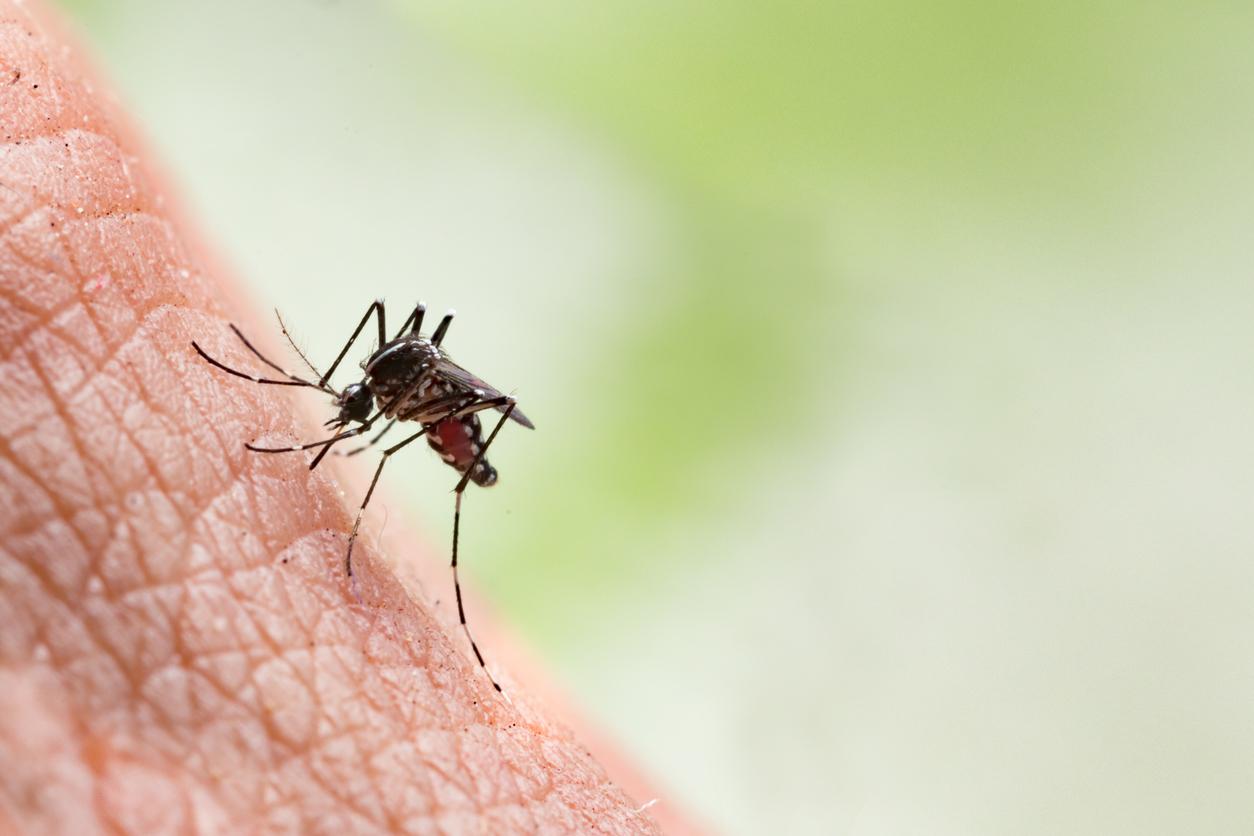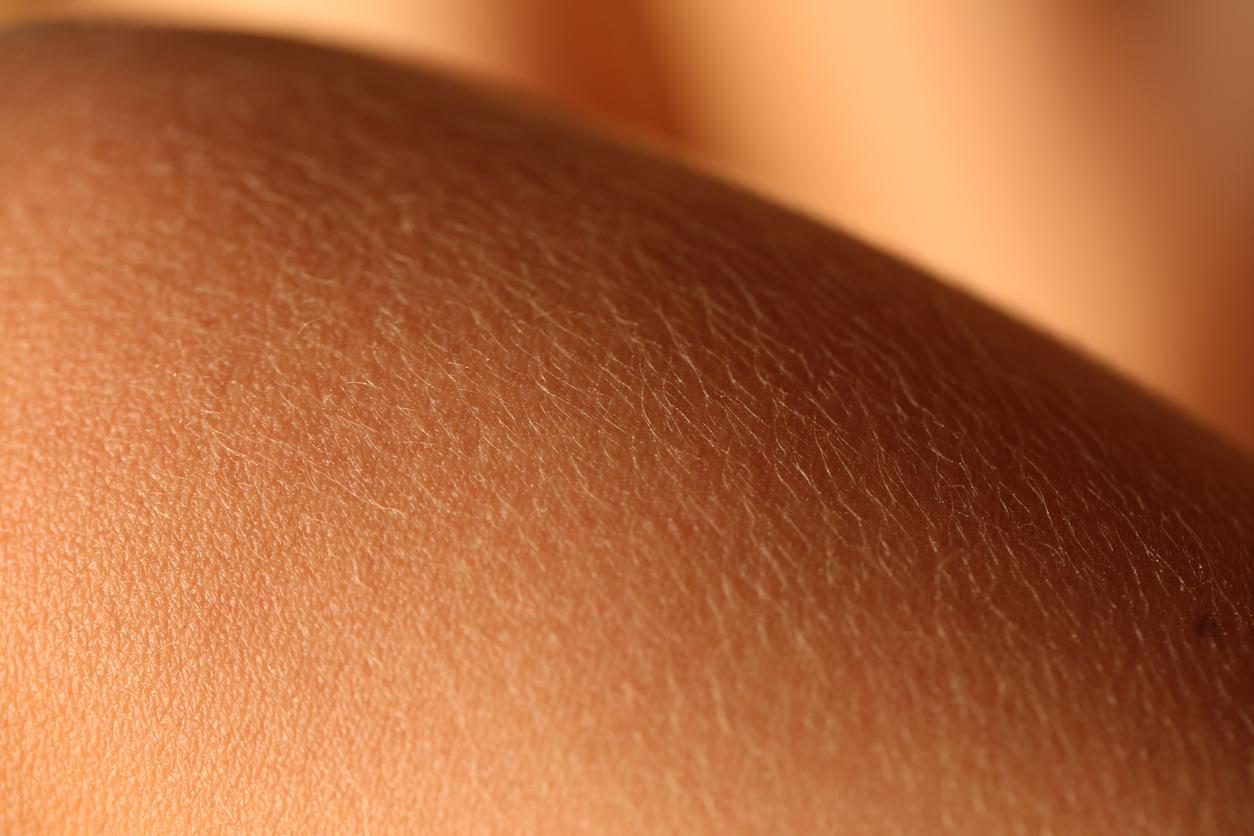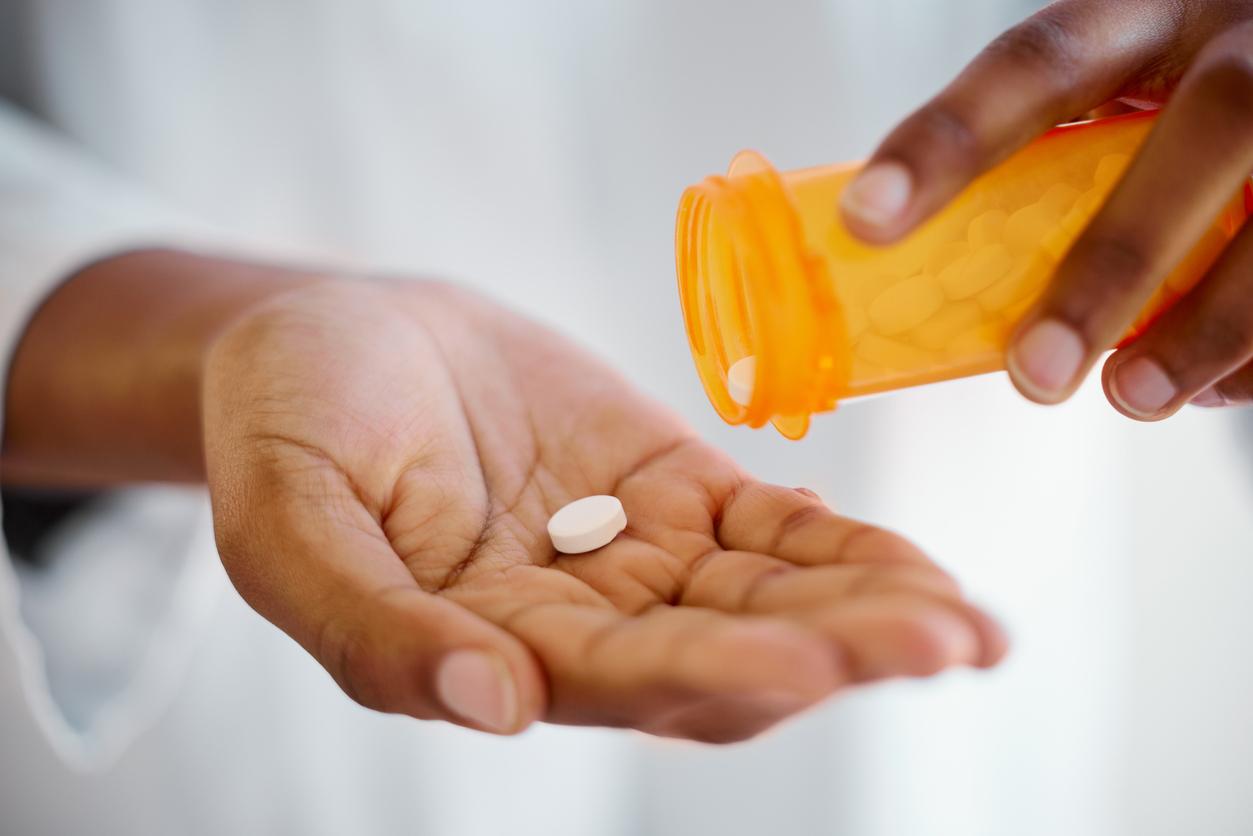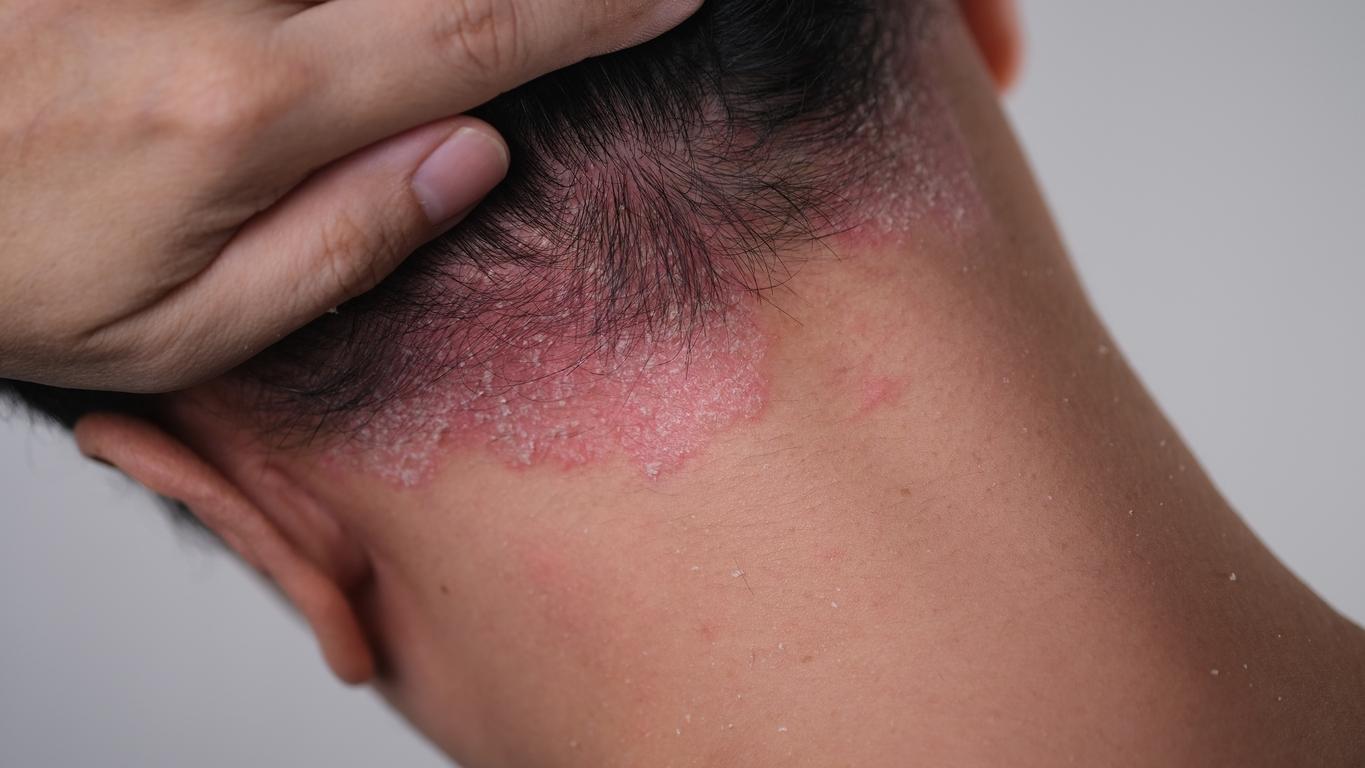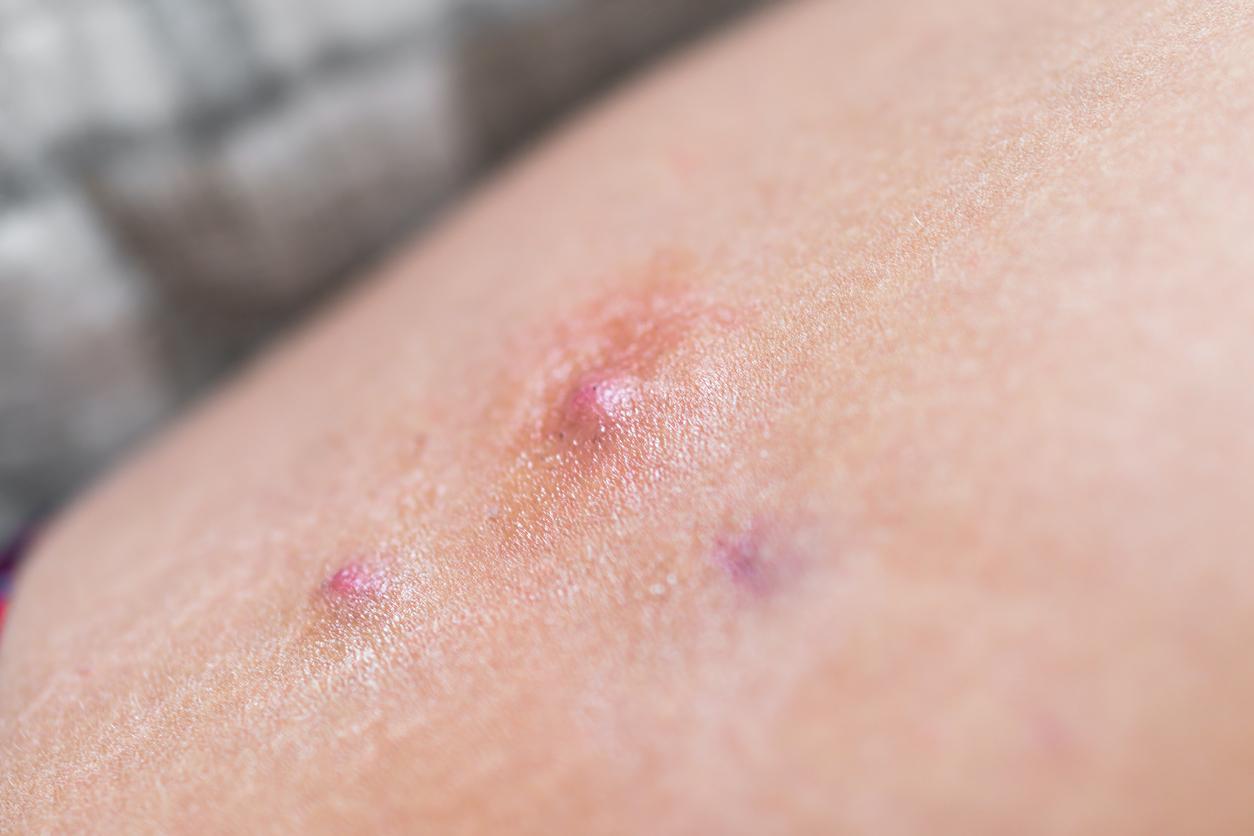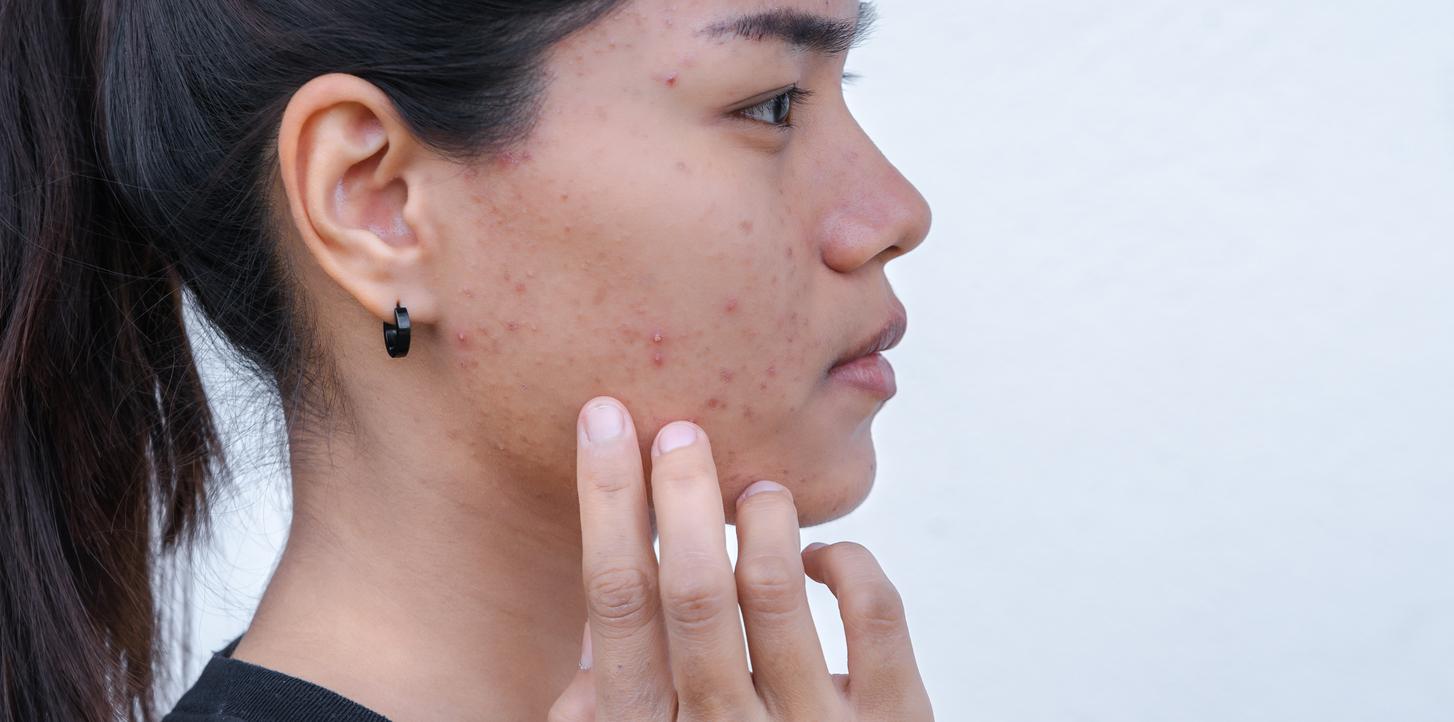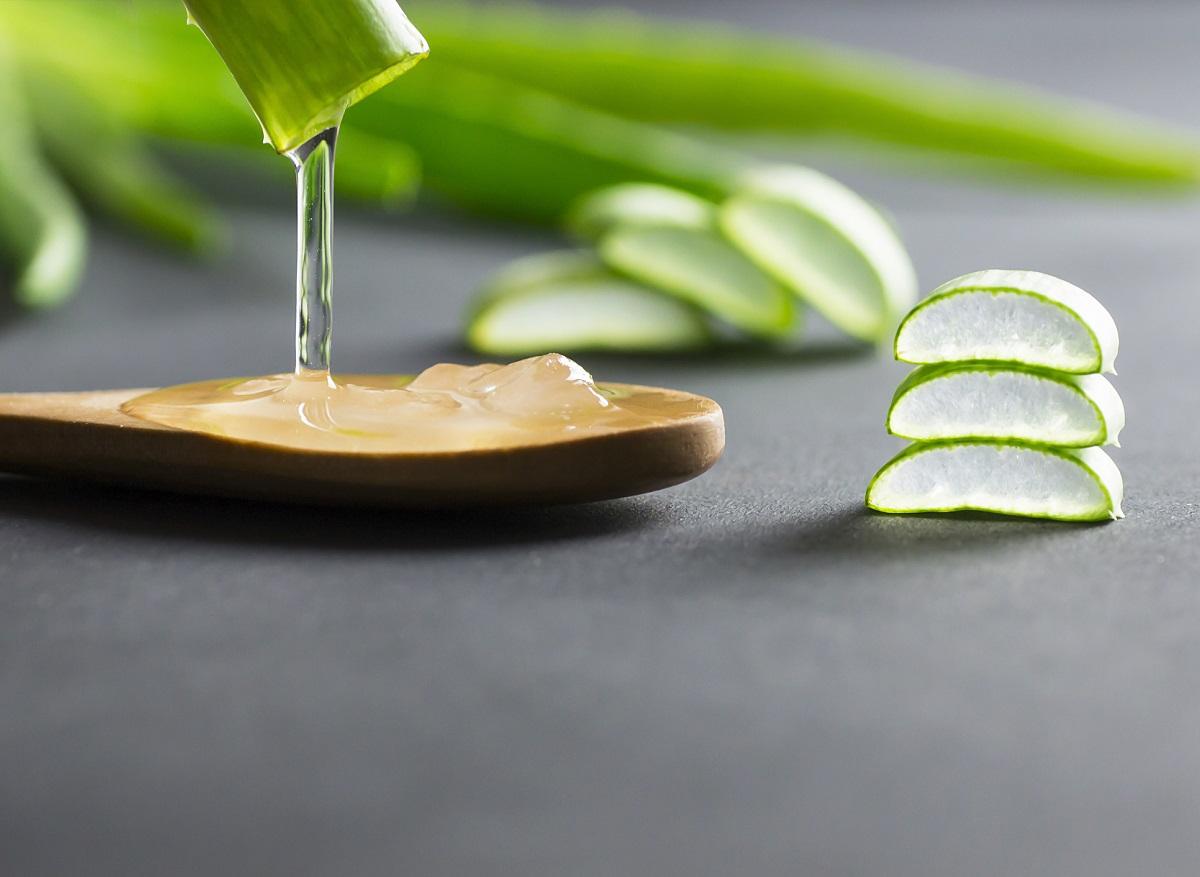What is the exposome?
The exposome is a recent concept. Created in 2005 by Professor Christopher Wild, then director of the International Center for Research against Cancer (IARC), this concept was introduced in 2015 into French law (article 1 of the Touraine Public Health Law). According to its definition, “the exposome is the cumulative measure of environmental influences associated with biological responses throughout life, taking into account exposures from the environment, diet, behavior or processes. endogenous”.
Understanding the exposome requires taking into account an infinity of variables: sun exposure, atmospheric and industrial pollution (ozone, fine particles, heavy metals), climatic conditions (temperature, humidity), diet, lifestyle (stress, sleep , alcohol, tobacco, physical activity), hormonal variations, but also noise, working conditions, standard of living, taking medication, modes of travel or even the presence of green spaces near your home…
In other words, our entire physical, biological and social environment; at all ages of life, from conception – and perhaps even before.
A number of multiple causes
But the exposome also takes into account the multiplication of these exposures (for example: going to tan on the beach one week a year or exposing oneself daily), their duration (a few minutes or several hours), the period of life (in utero, childhood, adolescence, adult life), the way of contact (skin, lung, food).
Researchers are now aiming to study the non-genetic risk factors of our diseases of civilization – cancer, diabetes, cardiovascular diseases, asthma… After deciphering the human genome at the turn of the 2000s, scientists thought that they would find in our ADN the causes of these pathologies, and the means of treating them.
But it turned out that these repeated and long-term exposures influence our genes through epigenetic markers that surround the genes and turn them on or off.
What are the effects of exposome on the skin?
The skin is our largest organ – about 2 m2 – it is far from being just a simple envelope. It is our protective barrier, but also the mirror of our health. It is directly impacted by the exposome. When its superficial layer is affected, it becomes vulnerable to all these factors which, acting in concert, can in the long term damage cells and regeneration mechanisms, accelerating skin aging.
In addition, the exposome influences the skin microbiome, this ecosystem of bacteria, viruses and micro fungi present on and in the skin which interacts with our cells for its good health. It can lead to an imbalance of this microbiome resulting in the production of free radicals, inflammatory reactions or even the degradation of collagen and elastin fibers in the dermis, for example, but also skin pathologies.
Thus, a study of 9,000 children in 6 French cities showed that those who were most exposed to pollution had an increased risk of developing asthma and atopic dermatitis (eczema). Another study, from the Leibniz Institute for Environmental Research (Germany) on 800 German and Asian women, established that joint exposure to ultraviolet rays and pollution leads to the appearance of lentigos (age spots).
How to protect yourself?
The study of the exposome is still in its infancy. For now, it focuses on factors such as stress, microbiome, climate, diet, tobacco or alcohol consumption, ultraviolet rays or blue light.
To guard against the influences of the exposome, there are obviously common sense tips: sleep well, eat a balanced diet, drink enough water, reduce stress, cleanse your skin well on a daily basis to remove polluting particles , moisturize it with care products enriched with antioxidants, apply sun protection at each exposure, even in winter.
In search of new molecules
Active ingredient manufacturers seek to create molecules, of plant origin or not, which act as shields: mechanical to prevent polluting particles from attaching to the skin (a sort of surface biofilm created by complex sugars), biological to prevent and repair the effects of heavy metals or cigarette smoke, or soothing for fragile skin that is regularly exposed, for example to stress or temperature variations. Other avenues, such as personalized cosmetics, are being considered.
Read also :
- Hygiene: washing, yes but what? And how ?
- Cracks and frostbite: treat winter sores naturally
- Cold: which vegetable oil for my skin?



